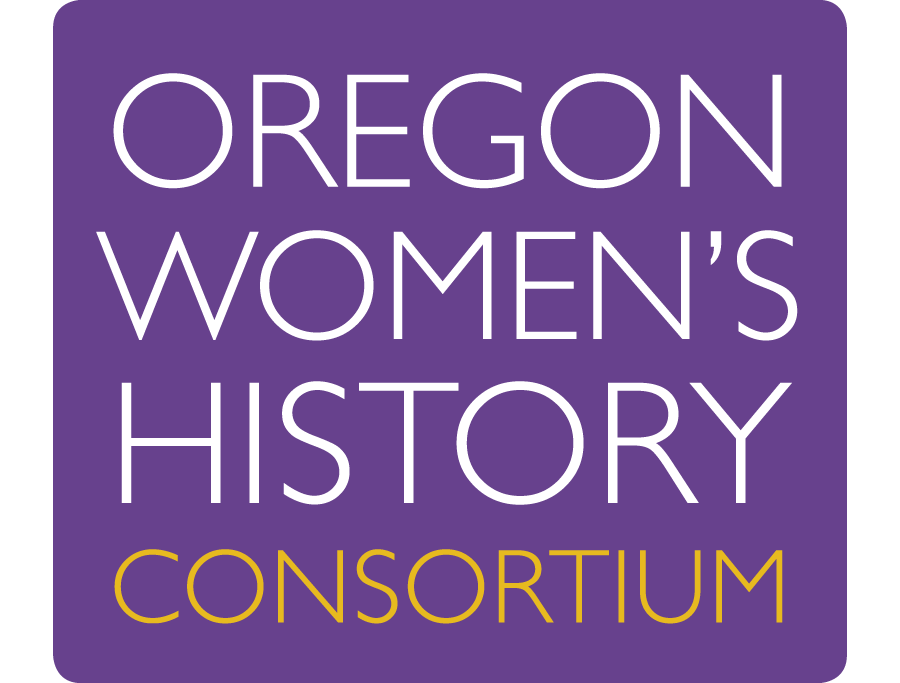Mabel Byrd: Black Woman Activist in the 1920s
By Katie Snyder

Mabel Byrd was a graduate of Portland’s Washington High School in 1914 in what was the second-largest graduating class they had at the time. Byrd was born July 3, 1895 in Pennsylvania before moving to Oregon in 1903 with her family. Byrd experienced multiple instances of racism as a Black woman living in America in the early 1900s as did many others. In Oregon, it was illegal for someone who was White and someone who was Black to get married. Black Oregonians made up only a small percentage of the population until the 1960s. At this time, segregation was normal, and Portland was home to the largest Ku Klux Klan chapter West of the Mississippi. But on a slightly brighter note, it was also home to the first National Association for the Advancement of Colored People (NAACP) chapter West of the Mississippi as well. (Blacks in Oregon)

After graduating from Washington High, Byrd attended the University of Oregon for two years before transferring to the University of Washington. After graduation, she joined the Williams Avenue branch of the Young Women’s Christian Association (YWCA), which opened for women of color to use and benefit from. (Black Past) The newspaper article, “Y.W.C.A Branch Opened” referred to “colored girls.” Byrd was appointed as secretary meaning she was placed in charge of the Williams Avenue Branch. When the branch opened, she stated her mission was to offer educational classes, religion, dramatics, swimming, and other physical activities for Black women to take and benefit from. Newspaper articles reflect the early twentieth century use of “colored” to mean Black, making race an incredibly defining factor. Today we use “women of color.”

When the Oregonian reported on the Y.W.C.A. Williams Avenue Branch again the next year, Mabel Byrd was fulfilling her promise in supporting women of color. She provided them with much-needed social, recreational activity, and religious fulfillment in their life. They were able to take nursing classes, dressmaking classes, learn parliamentary procedures, Bible classes, book club, and English classes. Physical activities ranged from sports such as swimming and basketball to more artistic activities such as dance. The YWCA was available to any women of color who wanted to participate in these classes and activities that they may have otherwise not been able to experience. While at the YWCA, Mabel Byrd was also the vice president of the Portland NAACP chapter. Then in 1923, she invited W.E.B. Du Bois, a popular American sociologist and civil rights activist, to speak at the University of Oregon and other institutions. (Black Past)

In 1923, The Advocate, a Portland newspaper edited by Beatrice Cannady who reported on issues relating to the Black community stated Mabel Byrd had left the YWCA to go to New York for work. While in New York, she became the secretary of the Brooklyn branch of the YWCA. (Black Past) There is very little reporting about Mabel Byrd in Oregon after her move to New York apart from a reunion she attended and the death of her mother. The last mention of her in Oregon newspapers was once again in The Advocate in 1927. This was when Byrd was employed by the League of Nations where she would deal with Industrial labor organization. This led to her moving to Geneva, Switzerland.


Mabel Byrd managed to be the secretary for the Williams Avenue Branch of the YWCA while also acting as Vice President for the Portland NAACP during a time when people of color experienced many intense struggles from the people around them. She wanted to improve people’s lives and did so with all the different opportunities offered through the Williams Avenue Branch and with the tour of W.E.B. Du Bois in Oregon. Mabel Byrd passed on May 20, 1988, in St. Louis Missouri at the age of 92. (Black Past)
About the Author
Katie Snyder is an Honors Program student at Western Oregon University majoring in both Early Childhood Education and ASL Studies. She hopes to one day teach in the lower elementary levels and inspire children to pursue their interests. She participated in Professor Kimberly Jensen’s Spring 2023 Oregon Women’s History course.
Further Reading
Primary Sources
“A Card of Thanks” The Advocate, January 9, 1926, 1.
“Local Girl Employed by League of Nations” The Advocate, December 3, 1927, 1.
“Miss Byrd Goes East” The Advocate, July 7, 1923, 4.
“Washington High to Graduate its Second Largest Class” Sunday Oregonian, June 21, 1914, 4.
“Y.W.C.A Branch Opened” Morning Oregonian, October 17, 1921, 20.
“Y.W. Branch is Filling Want of Colored Girls” Oregon Daily Journal, October 8, 1922, 41.
Secondary Sources
Davenport, T. W. “Slavery Question in Oregon.” Oregon Historical Quarterly 9 no.3 (September 1908): 189-253.
De Graaf, Lawrence B. “Race, Sex, and Region: Black Women in the American West, 1850-1920.” Pacific Historical Review 49, no.1 (February 1980): 285-314.
McLagan, Elizabeth. A Peculiar Paradise: A History of Blacks in Oregon, 1788-1940. Portland, OR: Georgian Press, 1980.
McNab, Camryn. “Mabel Janet Byrd (1895-1988),” Black Past, June 12, 2021, https://www.blackpast.org/african-american-history/people-african-american-history/mabel-janet-byrd-1895-1988/.
Millner, Darrell. “Blacks in Oregon,” Oregon Encyclopedia, accessed May 17, 2023. https://www.oregonencyclopedia.org/articles/blacks_in_oregon/#.ZGUzEHbMLSJ.
